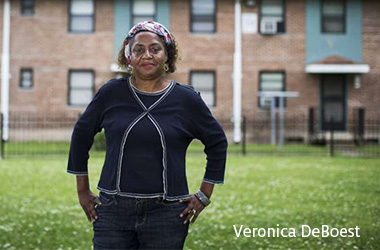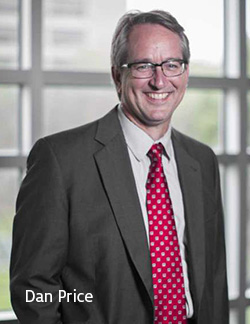"The largest problem facing public health is lack of engagement, of seeing the underserved communities not as merely recipients but as equal partners," said Dan Price, a research assistant professor at the university's Honors College who leads the program, although he says it often feels that he learns more from his class than they do from him.
The concept dates back to the 1930s in poor regions of China where villagers were selected and trained to help provide basic health services and education for their communities when medical professionals were scarce. They became known as the "Barefoot Doctors." In more modern times, the idea evolved into a network of community health workers. These grass-roots links bridged the communication and cultural gaps that often stymied public health efforts in impoverished neighborhoods, especially within migrant communities.
In 1999, Texas became the first state to enact legislation that certifies community health workers.
The usefulness has long been established. But the certification process tended to be siloed, with the various groups only among others just like them. Price wondered if it wouldn't be better if there was a mixture of background in the class.
"Most of what you learn is who you sit by in class," he reasoned.
Why not let the students bring their own experiences and expertise to the table so students can share their knowledge?
In what may the first of its kind in the nation, Price and Erica Fletcher, a visiting scholar who is program director for Honors in Community Health, have created a class held at Cuney Homes that brings about 20 students and residents together for a once-a-week session. The ratio of college student to community resident is almost equal.
The mix of cultures extends even to lunch as students are expected to bring a dish from their own background to feed the class. One week it might be collard greens and cornbread, the next it could be tabbouleh.
For the Cuney residents like DeBoest, the certificate at the end of the semester may
be an edge for landing a paying job. She'd like to get work at a neighborhood clinic.
She's been in the trenches of public health and social service for decades, just without the certificate making it official. Like when the man whose wife left him came to her and told her she wouldn't let him see his kids. DeBoest connected him up with a father's rights group. Or the young woman who came pleading for money because her baby was out of diapers. DeBoest pointed her to a group that gives out baby supplies. Or when she drops in on the older residents and has to scold them for not taking their medicine.
"Now if I have to go see you in the hospital, I'll be bringing a switch," she teases.
For the college students, there is no course credit but there is a window to a world missing from textbooks.The learning goes both ways. DeBoest said she is gaining computer literacy from the UH students. But mostly she is heartened by their passion to learn about the struggles of her neighbors and getting them the services they need.
They are the future, she said. "I need help. They are the help."
Article by Jenny Deam
Reporter, Houston Chronicle
Photos by Marie D. De Jesus, Staff
